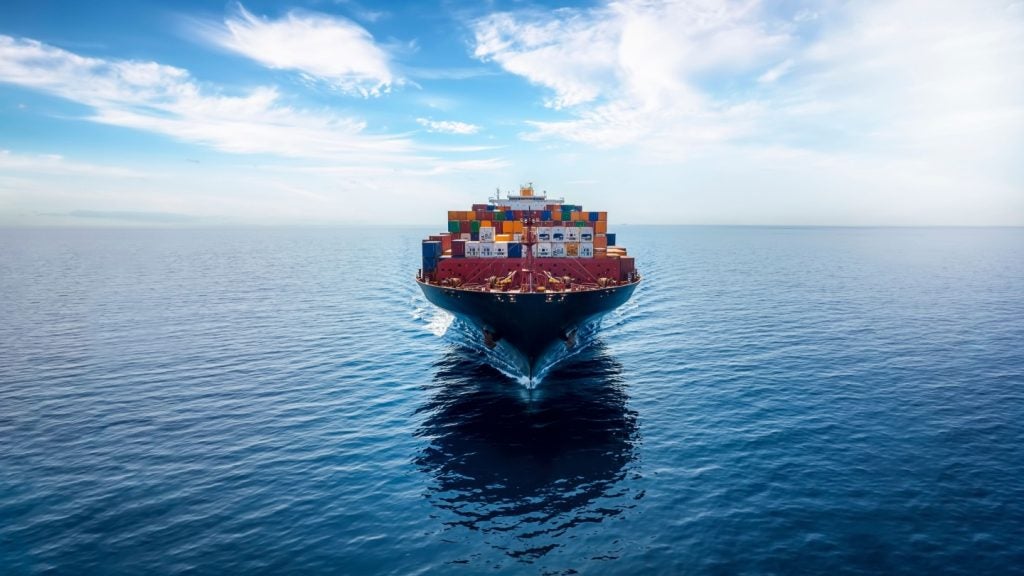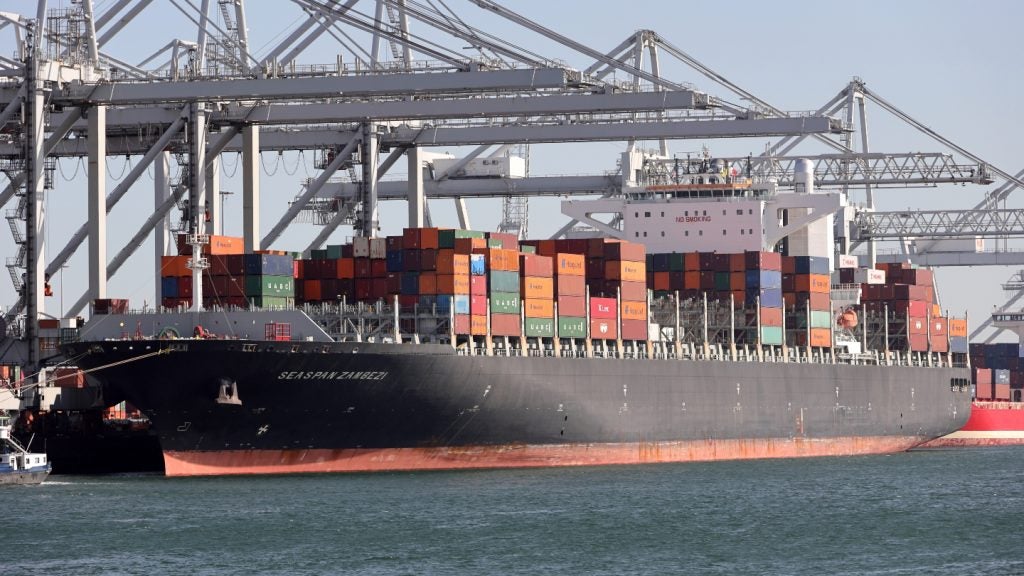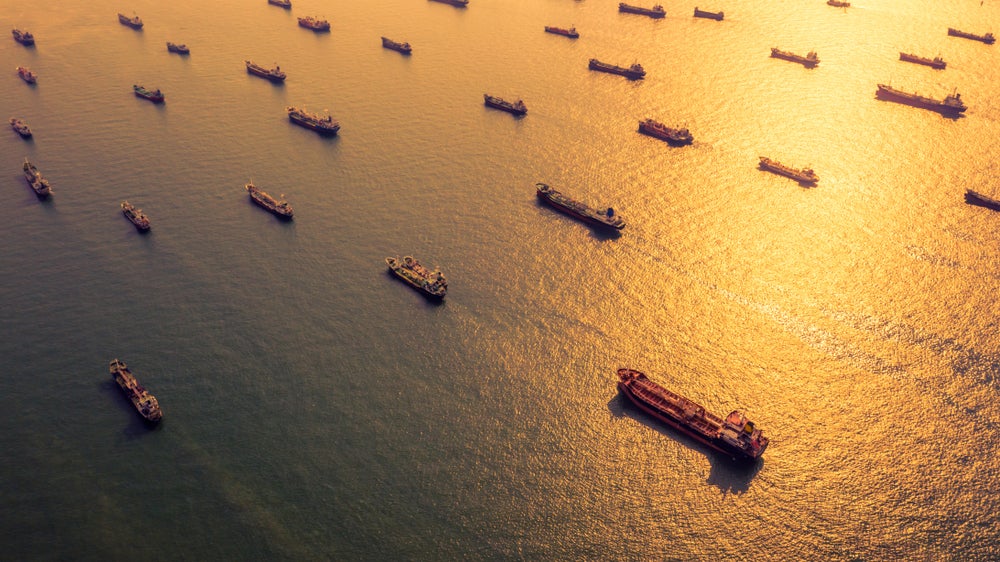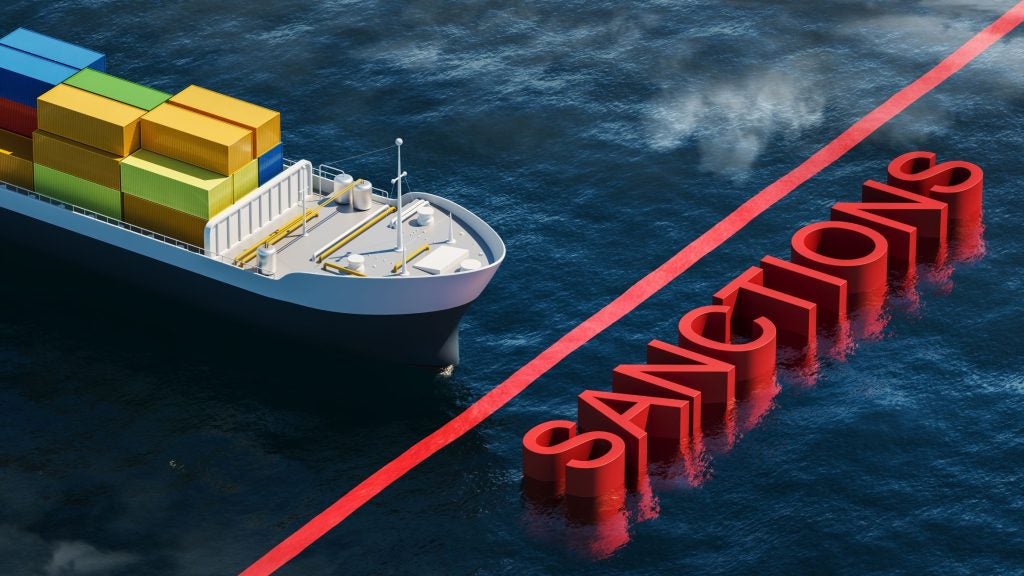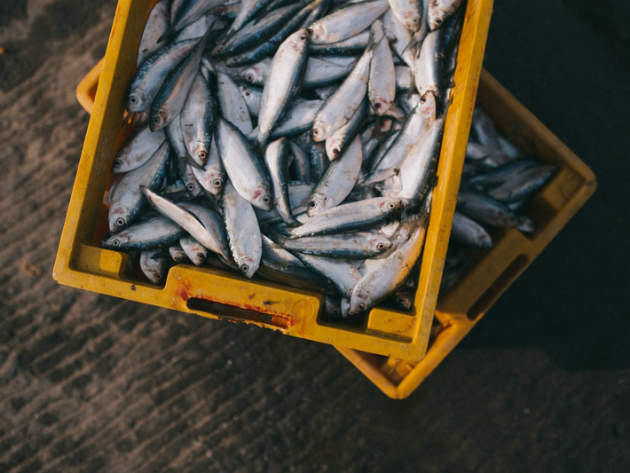
Illegal, unreported and unregulated (IUU) fishing has been depleting the world’s fish populations for decades, despite concerted efforts from the global community to put an end to the practice.
Although the total volume of IUU catch is difficult to measure, research published in 2009 in the scientific journal PLOS ONE estimates that illegal and unreported fishing costs the global economy up to $23bn annually, and represents around 20% of the global seafood catch.
As a result, the World Wildlife Fund (WWF) warned last year that 85% of global fish stocks can be considered at significant risk of IUU fishing and, even more worryingly, a study published in 2016 by the University of British Columbia claimed that the amount of fish taken from the world’s oceans over the last 60 years has been underestimated by more than 50%.
Like any exchange on the black market, illegal fishing is difficult to monitor, analyse and tackle. In 2015, US Secretary of State John Kerry announced the launch of Safe Ocean Network, an initiative that has brought together 46 governments and organisations to share knowledge and better coordinate to combat illegal fishing around the world.
The most promising instrument in the fight against the illegal activity seems to be big data, and the global shipping fleet could potentially play a crucial role in helping monitor hard-to-spot rogue activity at sea.
Reeling in big data
In 2014, marine advocacy group Oceana partnered with Google and SkyTruth to launch web-based technology platform Global Fishing Watch.
How well do you really know your competitors?
Access the most comprehensive Company Profiles on the market, powered by GlobalData. Save hours of research. Gain competitive edge.

Thank you!
Your download email will arrive shortly
Not ready to buy yet? Download a free sample
We are confident about the unique quality of our Company Profiles. However, we want you to make the most beneficial decision for your business, so we offer a free sample that you can download by submitting the below form
By GlobalDataThe platform, which went live in September 2015, tracks global fishing activity and analyses data from an automatic identification system (AIS), which broadcasts a ship’s identity, location, speed and direction.
The AIS was initially designed as a safety mechanism to avoid collisions at sea and is currently used by 200,000 vessels around the world. With the help of a new algorithm developed by Global Fishing Watch, a vessel’s likely fishing behaviour can be detected in almost real-time.
“This results in an unprecedented view of global commercial fishing activity for all stakeholders, including citizens, governments, fishery managers, scientists and members of the fishing industry itself,” a press release from Oceana states.
Another initiative based around data compilation, which comes from Project Eyes on the Seas, is a technology platform that unites satellite monitoring and imagery data with fishing vessel databases and oceanographic data to help authorities detect suspicious fishing activity.
WWF also announced DETECT IT: Fish, a web-based tool that uses big data analytics to “identify, compare, and analyse trade discrepancies and irregularities in global fish trade data to help discover and investigate IUU activities”. According to the US Department of State, DETECT IT: Fish holds the potential to reduce IUU by 50% by 2020, when utilised together with other tools and policies.
In November 2016, The Nature Conservancy (TNC) launched a competition with a different take on the same issue. The aim of the winning team is to successfully develop software based on a derivate of facial recognition technologies, which could be employed on vessels to identify specific species of fish, such as particularly rare and endangered types.
This could prove difficult to achieve however, as data captured aboard ships is considered “dirty data” due to its low quality as a result of ship movements and changes in light.
Reefers as “enablers” of IUU
Relying on data to solve the problem is not an easy feat however.
“Today, unlike ten years ago, there’s a lot of data in the maritime domain,” says Michal Chafets, vice president marketing communications at maritime data and analytics company Windward. “The issue, like with all big data, is making sense of it.”
Windward recently released a study that for the first time quantifies and analyses the effect of reefers as “enablers” of how illegal fishing is being carried out globally.
“People talk a lot about how much illegal fishing is costing us worldwide, but there is little focus on how illegal fishing actually happens,” Chafets says.
“We did this research on reefers because it is one of the pieces of the IUU fishing puzzle that has a big impact but is very poorly understood.”
Historically, reefers are a necessary part of the legal fishing ecosystem. They are essentially large refrigerators that meet up with fishing vessels and take the catch, allowing the fishing vessel to stay at sea for longer periods of time.
“If there were no reefers in the world, the fishing industry would remain local, regional, or restricted to neighboring countries,” explains Omer Primor, who is charge of product marketing at Windward. “Now, instead of being local or regional, fishing has become global.”
“There are now a lot of stakeholders involved and each has a different interest – fish processing countries, importing countries, exporting countries, and the producing countries. This creates a myriad of interests and opportunities for illegal fishing. It doesn’t have to be illegal fishing in the most obvious ways,” Primor says.
“It can be skimming from the top, falsifying documentation, registering something as a product Type A when it actually is Type B, reporting fish as caught in a certain zone when it was actually caught somewhere else. And this is done at the expense of the producing countries.”
An example of a rogue transaction at sea, supplied by Windward, shows a 54m Japan-flagged fishing vessel leaving Mozambique’s exclusive economic zone (EEZ) on 31 January 2016, after two weeks of fishing inside territorial waters. The following day, a Liberia-flagged vessel arriving from China met the Japanese ship at the border of Mozambique’s EEZ and conducted a 54-hour ship-to-ship cargo transfer. This operation is at “high risk for being an illegal transfer of Mozambican catch,” the company’s case study notes.
“[The case in Mozambique] shows how large, complex and hard-to-follow the fishing ecosystem is without new technology,” Chafets says.
Can the world’s shipping fleet play a larger role?
As Primor points out, there are far more shipping industry vessels at sea than there are patrol vessels. So could they act as a potential source of real-time data on illegal fishing activity at sea?
Windward brings this possibility closer to reality. The company analyses over 200 million data points per day, both historically and on an on-going basis, taken from over 180,000 ocean-going vessels worldwide.
“On top of this accurate layer of data, we create a new type of data that doesn’t exist anywhere, which is Vessel Activities data,” Chafets says.
“We have calculated over 900 million vessel activities going back four years on all ocean-going vessels worldwide. With this kind of mapping of the world we have gone from massive, raw and unreliable data to an indexed understanding of what ships are doing at sea which is useful to stakeholders across the maritime ecosystem.”
Primor believes that data has huge potential to tackle illegal fishing and contribute to solving it.
“But in terms of how the shipping industry can leverage this, there is first a major stepping stone that has to do with aligning interest, gaining incentive,” he says. “Today, there are no incentives.”
For this to work, the data has to be provided and updated in real-time, and it must be tied in with government legislation surrounding the issue of illegal fishing. Today, the maritime industry is still far from achieving this, partly due to a lack of financial incentives for shippers to provide such information.
“A potential major breakthrough […] will have to come on the side of nations,” Primor says. “They can put incentives in place, such as priorities in port of arrival to vessels that previously reported any possible illegal fishing.
“So the first ones who want to eliminate the problem of illegal fishing will be the first ones to contribute to any such initiatives.”



